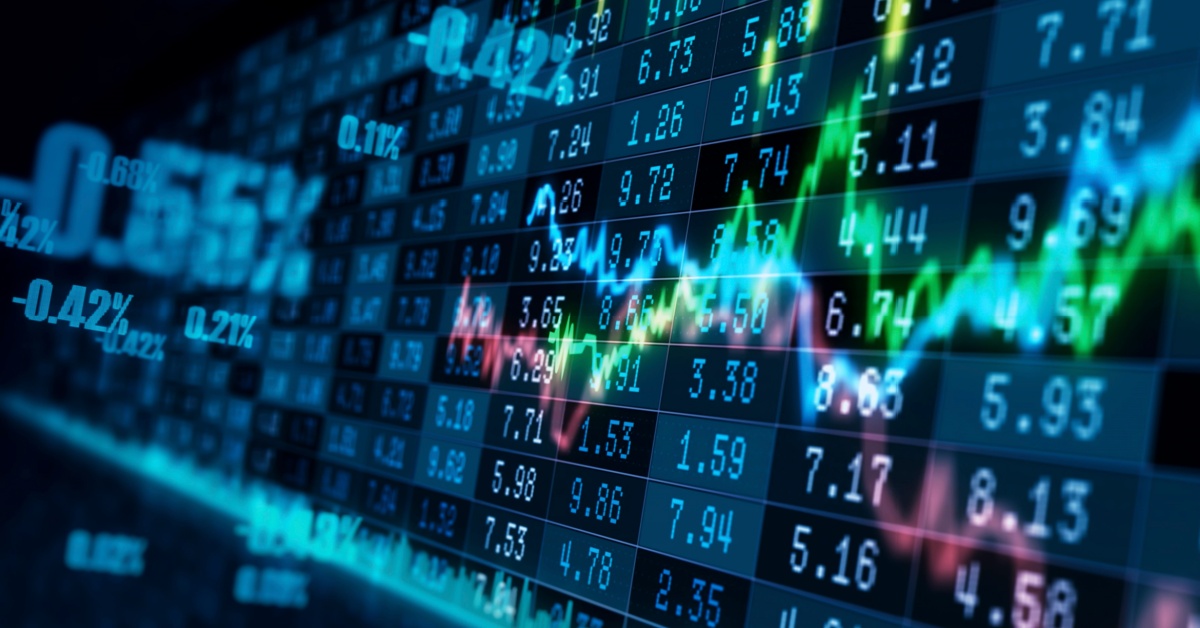The third-quarter Gross Domestic Product, or GDP, was recently announced with great fanfare. The question asked by most investing and non-investing Americans, including HCR Wealth Advisors, was: “What does that mean to me?”
HCR Wealth Advisors feels that a little historical perspective can be useful.
First-Quarter (Q1) 2020 GDP — On March 11, the World Health Organization declared a pandemic. But by then, the U.S. economy had already been in a technical recession since February as growth in the first quarter declined by 5%. Earlier, the economy had come to a near standstill as large swaths of activity were shut down to slow the spread of the virus known as Covid-19.
Second-Quarter (Q2) 2020 GDP — The U.S. suffered an unrivaled economic contraction in the second quarter. More businesses closed down, and people stayed home to try to control the spread. While everyone explored how life would go on under the new circumstances, the economy plunged 31.4% in the second quarter. It was called the worst quarter in history.
Third-Quarter (Q3) 2020 GDP — During the third quarter, parts of the country tried to figure out how to open safely — with mixed results. But still, it grew at its fastest pace ever as it started to put itself back together. The Commerce Department reported that GDP had expanded at an “estimated” 33.1% annualized rate. (Figures go through weeks and months of revisions before becoming final.)
What moved the GDP needle up?
According to a review by HCR Wealth Advisors, in Q3, there was a resurgence of consumer spending — which accounts for about two-thirds of the U.S. GDP. Shutdown measures were eased over the summer, and employers rehired some workers. Shoppers added in-store shopping to online efforts. And bars and restaurants opened despite all the restrictions on capacity.
There were enhanced unemployment checks for those typically covered by unemployment, as well as for freelance gig workers who usually do not receive that benefit. And stimulus checks had started appearing in the bank accounts of most Americans in early April. While many saved parts of their stimulus checks, personal consumption rose by a record 40.7% in Q3.
Housing was up nearly 60% annualized, and business equipment spending increased by 70%. Real estate and exports posted substantial gains, too.
What dragged GDP down somewhat was the decrease in government spending — once the rescue funding from the CARES Act expired.
What are the headwinds for Q4 GDP growth?
The Q3 GDP numbers did demonstrate that the economy rebounded as states lifted lockdown measures. But, while the GDP news was positive, HCR Wealth Advisors still highlights its concerns about the economy.
Will there be an economic impact from the rise in Covid-19 cases? Will they lead to a second shutdown? Or will the economy learn how to stay open through work adjustments and better safety measures? (The reporting on Covid-19 is controversial enough to make a projection difficult.)
Household spending clearly powered the Q3 number. But will it continue?
Of the 22 million jobs lost in March and April, 12.6 million Americans are still out of work. (And the record low pre-pandemic unemployment figures make today’s 7.9% look even more onerous.)
Will Congress throw more lifelines to businesses and individuals?
HCR Wealth Advisors adds that GDP is only one gauge of recovery during a recession. It is a quantitative snapshot. It may miss how ordinary people are doing in terms of economic wellbeing. A primary concern is that the enhanced unemployment checks, mortgage relief, eviction bans, and student loan forbearance are all set to expire at the end of the year.
So, what do the GDP figures mean?
The definition of GDP is that it measures the total goods and services produced during a specific period. The “annualized” measure that economists report reflects how much GDP would grow or shrink if it kept the current pace for a year. This practice can easily exaggerate both the decline in growth and the subsequent rebound.
And, because the third quarter was measured against the historically low baseline reached in the second quarter, 33.1% appears more significant than it is.

A more realistic assessment is this: the U.S. economy has not fully recovered from the pandemic. Although the drop in Q2 was 31.4% and the increase in Q3 was 33.1%, the economy has not made up for all the ground lost in Q2.
And here’s why: we lost 31.4% of a larger economy and then gained 33.1% of a smaller one. In simpler terms, let’s say the economy at the start of Q2 was equal to $1,000. By the end of the quarter, with a 31.4% plunge, it was worth $686. And it rebounded by 33.1% during Q3. Multiply $686 by 33.1%, and you get $227. So, by the end of Q3, the economy was worth only $913.
In real numbers, the GDP in Q1 was $21.6 trillion, and in Q3, it is only $21.2 trillion.
How good are economic projections anyway?
As HCR Wealth Advisors notes, listen to economic reporters on television or in the press, and you can hear whatever theory supports your belief. But the variability in projections is what makes them poor indicators.
One piece of proof is to look backward at quoted projections. For example, on September 11, 2020, Goldman Sachs upgraded its Q3 GDP forecast to 35%. That was nearly 14 percentage points above the general consensus, admittedly based on one factor: the much stronger-than-expected August jobs report. On that same day, Bloomberg economists were expecting Q3 GDP to be 21%.
Here are two other concurrent opinions from experts, this time about whether consumer confidence and spending — which were such strong drivers — would continue beyond Q3.
- One group says, “We would argue that fiscal policy was the reason for September’s strength in retail activity and was probably the last hurrah for consumption this year.”
- And another expert says, “The savings rate is sky-high, so households have more than enough purchasing power to sustain growth in spending.”
Understandably, the two groups’ Q4 growth forecasts differed significantly: 2% for the first and 9% for the second.
So, which is it?
How should GDP data affect your investments?
The stock market reacted positively to the Q3 GDP news, erasing a loss at the open that morning and turning mostly positive. But we know that market response is fleeting, lasting only until the next piece of news is announced.
And there is plenty of news ahead that can affect the market:
- The outcome of the presidential election.
- The combination of who controls the Senate, the House of Representatives, and the Presidency.
- The possible reversal of the Trump tax cuts.
- The path forward for Covid-19.
- The return of partial shutdowns or not.
- The impact of a vaccine once one arrives.
The list is endless.
Rather than focus on what GDP is doing on a macro level, there may be value in examining how the various sectors in the economy performed according to the Bureau of Economic Advisors’ detailed report.
Increases in real Q3 GDP were experienced here:
- Personal consumption expenditures (PCE), in services (led by health care as well as food services and accommodations) and goods (led by motor vehicles and parts, as well as clothing and footwear).
- Private inventory investment, in retail trade (led by motor vehicle dealers).
- Exports, in goods (led by automotive vehicles, engines, parts, and capital goods.
- Nonresidential fixed investment, in equipment (led by transportation equipment).
- Residential fixed investment, in brokers’ commissions and other ownership transfer costs.
If discretionary funds are available for investment, looking at those sectors may serve as some indication for placement, although nothing says Q4 will replicate Q3.
However, HCR Wealth Advisors takes a different position. With the degree of uncertainty in the air — between politics and the pandemic — the wisest recommendation may be to revisit the risk analysis used in designing your investment portfolio with your financial advisor. The turbulence experienced this year may already be factored into the safety steps taken before the economy was devastated by the arrival of Covid-19.
Originally published at http://chicagobiznews.com on November 19, 2020.
*This article is for informational purposes only and should not be considered investment advice.



